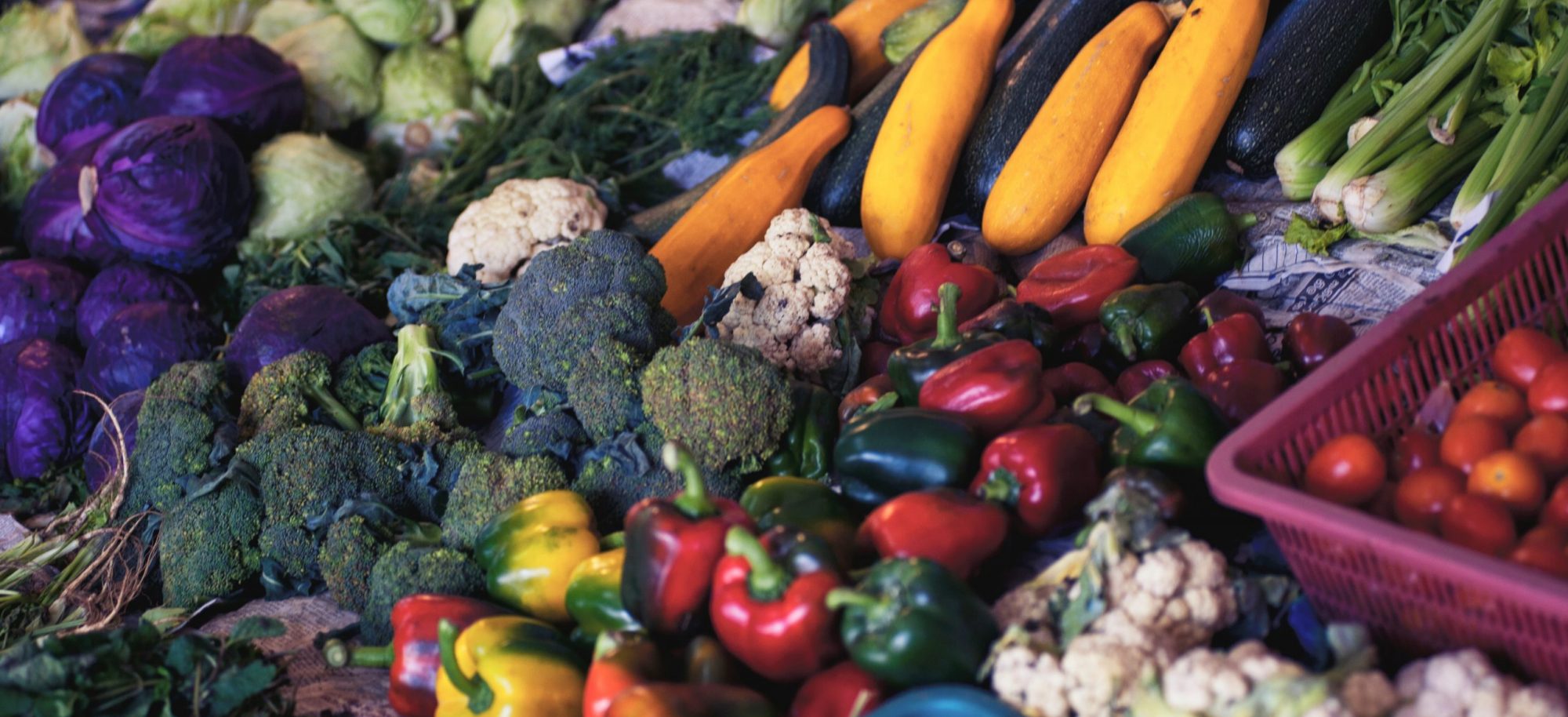Our initial hypothesis that the drought in 2014 would negatively impact Kern’s agriculture industry was shown to be untrue. Even though the 2014 drought was more severe compared to the event in 2007, Kern’s annual agriculture report recorded that 2014 made 3.5 billion dollars more than 2007. Several anthropogenic factors have come into play in order to adapt agricultural practices to California’s periodic drought cycles. Our NDVI images show that although 2014 did have more land plots dedicated to agricultural uses, the vegetation of that year was less healthier compared to that of 2007. The spatial analysis that was conducted indicated a large variance in change with crop and plot types but little variance in the spatial conditions of the drought itself. Kern is one of the largest counties in the state of California and contributes a lot of revenue to the state’s economy through their agriculture industry.
Though, in terms of change within the county, there is very little in regards to how much of an impact the droughts had. Due to this, it would be helpful to take a look at several years of drought instead of two for larger variability in conditions. This would also divert the focus and effects on agricultural plot changes and more towards the types of crops being planted. Another recommendation is to expand on the study area too see how drought conditions have varied throughout the land to look at statewide impacts.
